German ZEW Economic Sentiment dropped to 39.0 in November, down from 56.1, slightly below expectation of 40.0. Current Situation index dropped to -64.3, down form -59.5, slightly above expectation of -65.0. Eurozone ZEW Economic Sentiment dropped to 32.8, down from 52.4, missed expectation of 43.3. Current Situation indicator rose slightly by 0.2 pts to -76.4.
ZEW President Achim Wambach: “Financial experts are concerned about the economic impact of the second wave of COVID-19 and what this will entail. The ZEW Indicator of Economic Sentiment has therefore once again significantly decreased in November, indicating a slowdown of economic recovery in Germany. There is also the additional worry that the German economy could head back into recession. According to the assertions made by the experts, neither the Brexit negotiations nor the outcome of the US presidential election currently are having an impact on the economic expectations for Germany.”




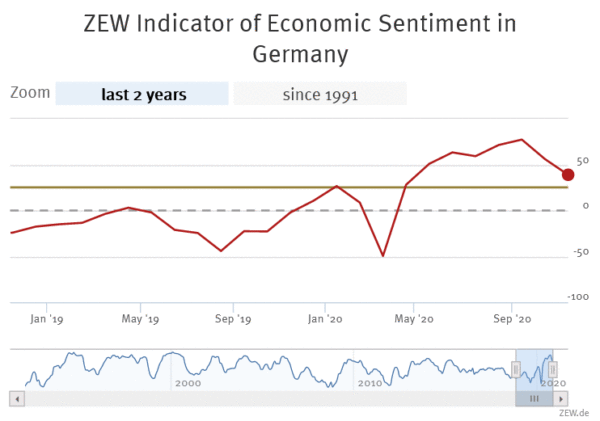
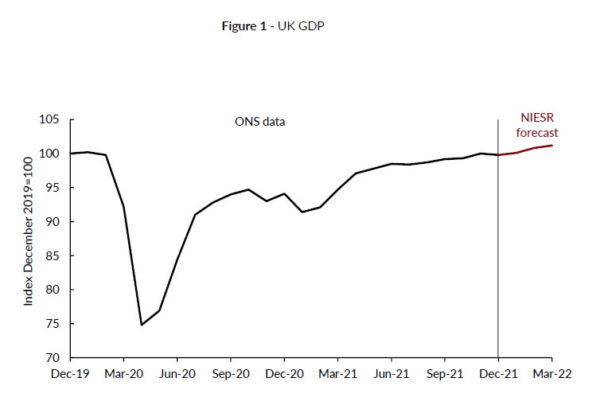
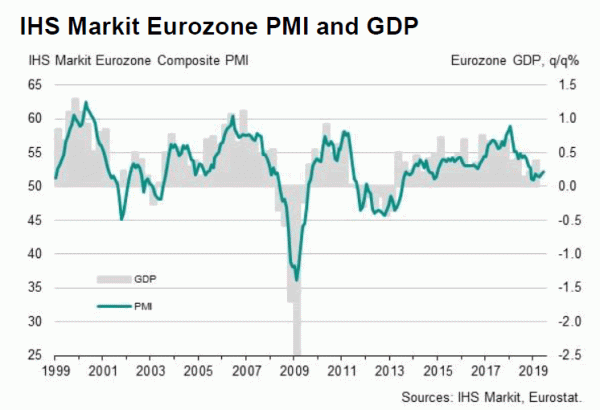
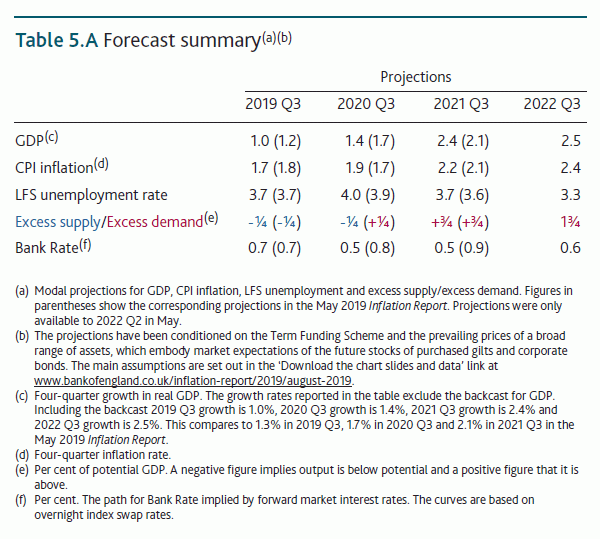
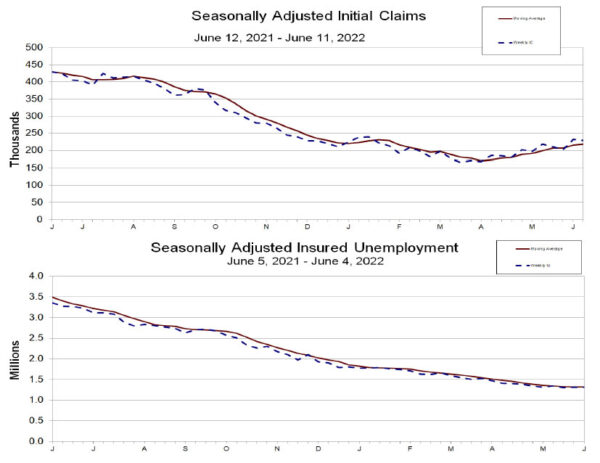
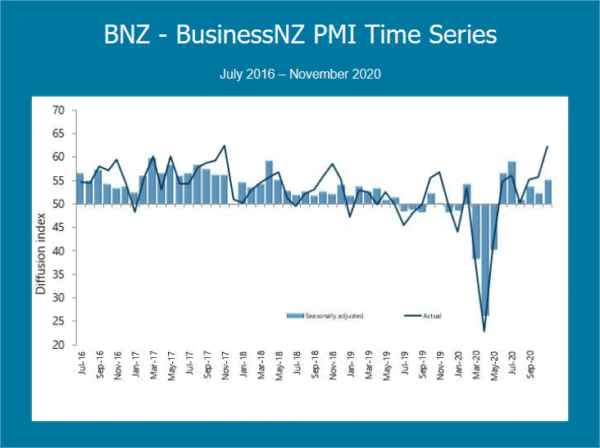
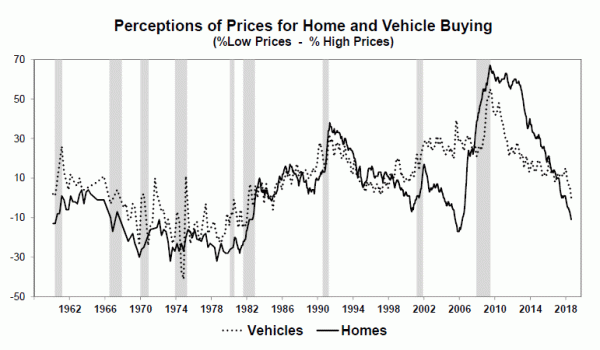
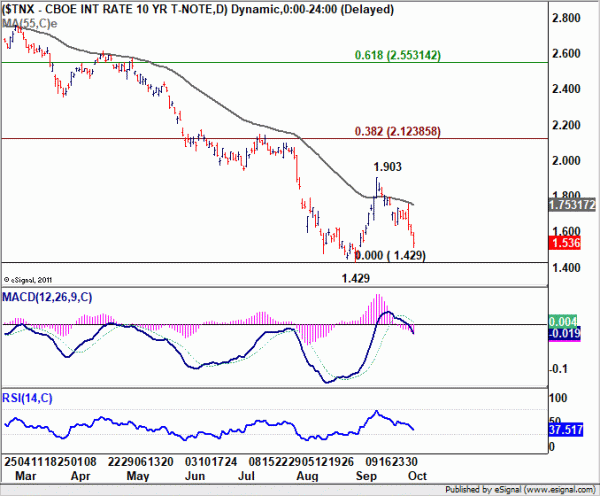
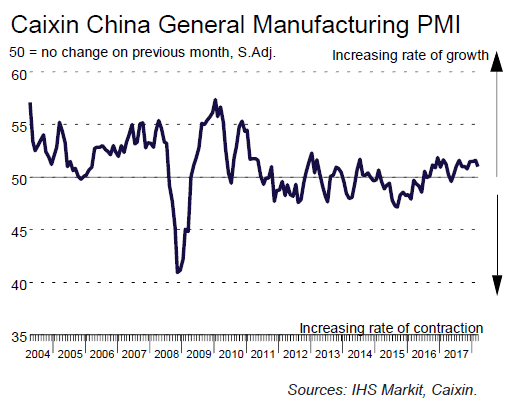
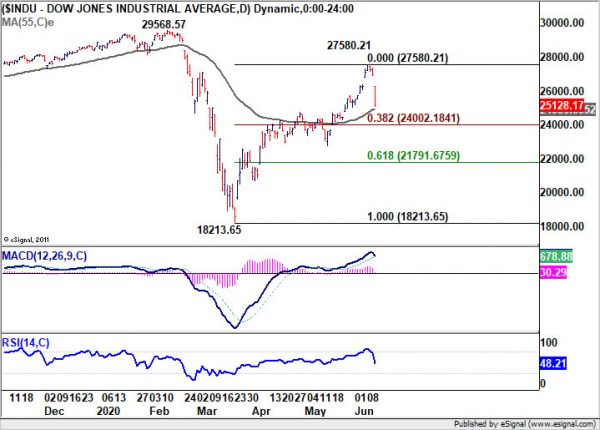
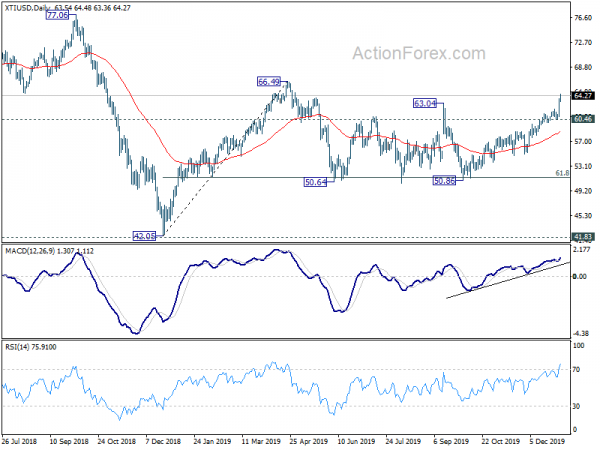
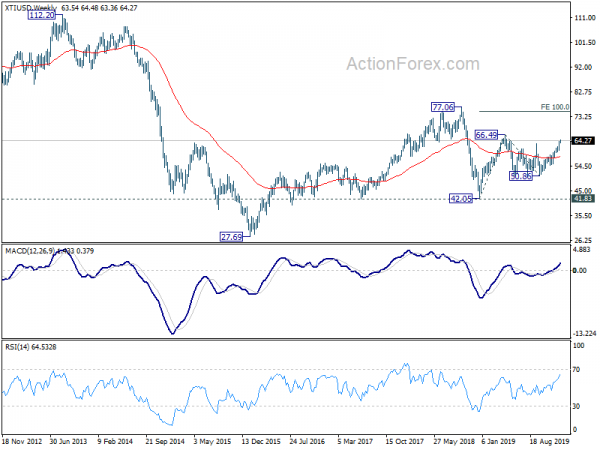

US-China trade talks concluded after a “good few days”
US and China delegations ended the prolonged three-day trade negotiation meeting in Beijing with some positive signs. Ted McKinney, U.S. Under Secretary of Agriculture for Trade and Foreign Agricultural Affairs, said there were a “good few days” in China, and the meeting “went just fine”. He added that “It’s been a good one for us.”
Chinese Foreign Ministry spokesman Lu Kang said “extending the consultations shows that the two sides were indeed very serious in conducting the consultations.”